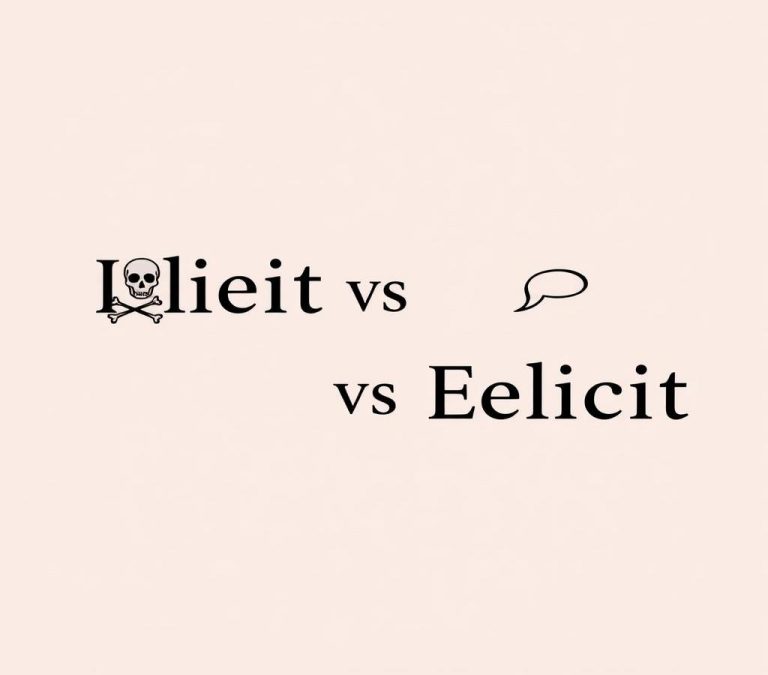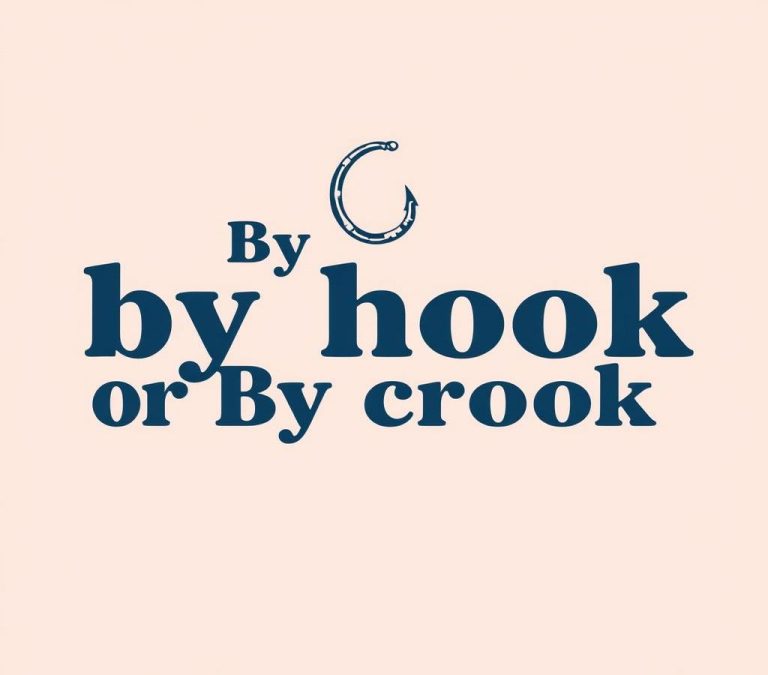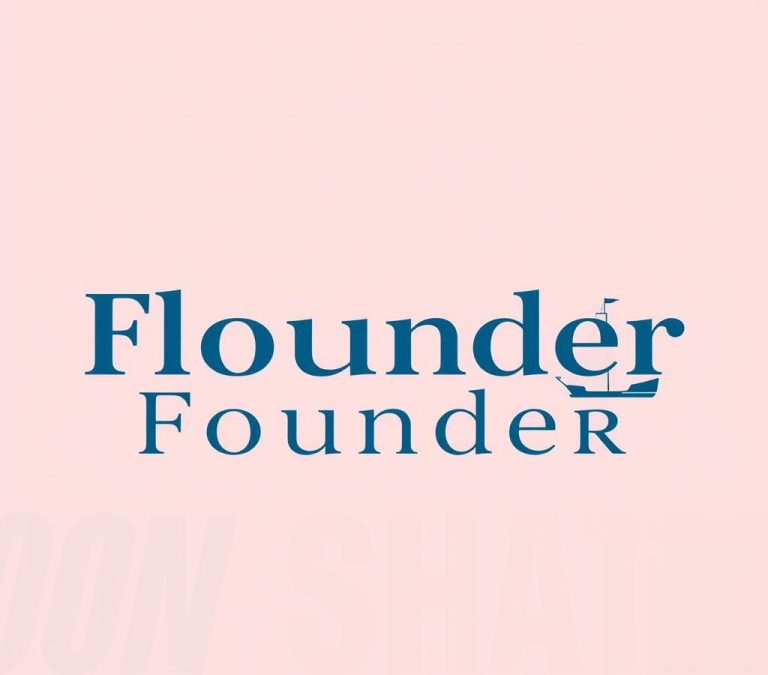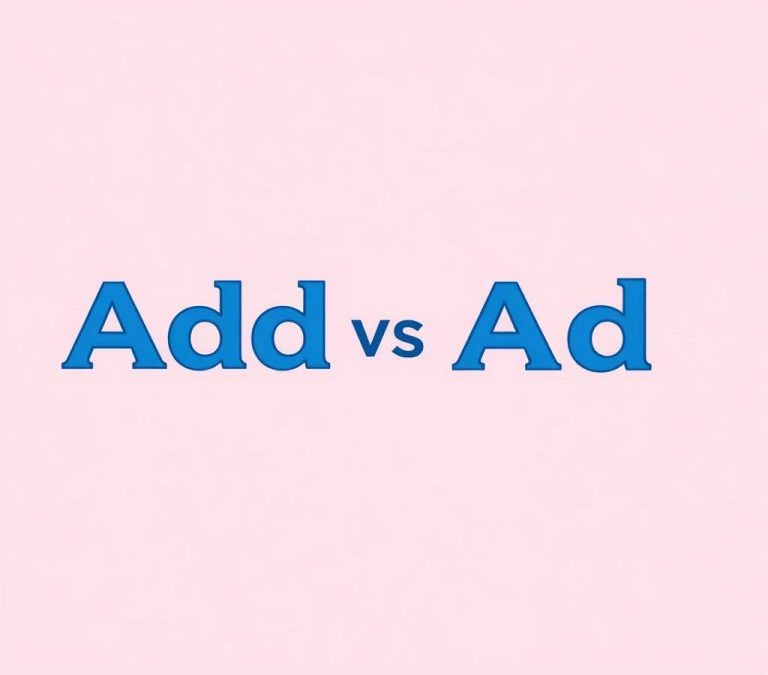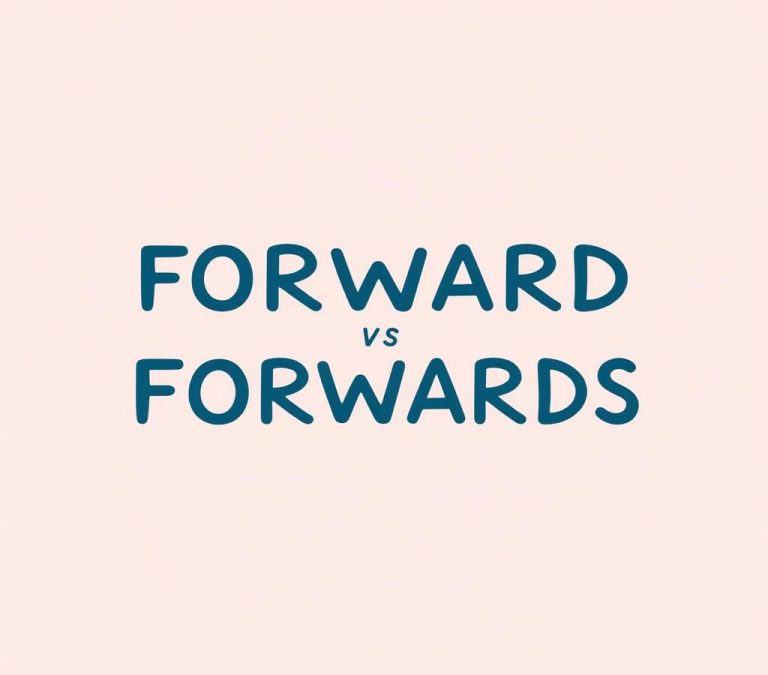Juxtaposition vs Paradox: Grammar Usage Explained
Juxtaposition and paradox are terms often used in literature and everyday conversation, yet they can be confusing. Both involve placing elements together for effect, but they serve different purposes. Juxtaposition highlights contrast by placing two unlike things side by side, letting their differences become more noticeable. A paradox, on the other hand, is a statement that seems to contradict itself yet reveals a deeper truth upon reflection. Understanding the difference between these two concepts can enrich our appreciation of language and storytelling, offering new insights into how ideas are presented and perceived.
Quick Answer
Juxtaposition and paradox are literary devices used to contrast ideas, but they differ in their approach. Juxtaposition involves placing two or more elements side by side to highlight their differences, often to create a sense of tension or surprise. Paradox, on the other hand, presents a statement or situation that contradicts itself, often to challenge assumptions or create a sense of irony. While both devices involve contrasts, juxtaposition is more about comparison, whereas paradox is about contradiction.
Why There is Confusion
Juxtaposition and paradox are two literary devices often confused due to their ability to present contrasting elements. At first glance, juxtaposition and paradox may seem similar as both concepts involve the presentation of opposing or conflicting ideas. However, their purposes, uses, and meanings differ significantly. The confusion often arises because both devices can surprise and challenge readers by highlighting contrasting elements. Understanding the nuances between juxtaposition and paradox can help in appreciating literature and in utilizing these devices effectively in writing.
What Does Juxtaposition Mean?
Juxtaposition is a literary technique that involves placing two or more ideas, characters, actions, or objects side by side to develop comparisons and contrasts. This arrangement is deliberate, drawing attention to particular qualities and prompting the audience to consider the relationship between the juxtaposed elements. By placing contrasting elements together, writers can highlight distinct characteristics, create tension, or emphasize particular points of a narrative.
Juxtaposition is widely used to show the difference or highlight the contrast between two subjects. For instance, a writer might juxtapose light and darkness to explore themes of good versus evil. Juxtaposition can also be seen in visual art, cinema, and photography where the composition is designed to make the viewer consider the relationship between contrasting visual elements.
What Does Paradox Mean?
A paradox is a statement that seems contradictory or absurd but often reveals a deeper truth or insight upon closer examination. Paradoxes challenge our understanding and force us to think beyond conventional logic. They work by surprising and engaging the reader, encouraging them to find the underlying meaning behind the apparent contradiction.
A classic example of paradox is the statement, “Less is more.” On the surface, it appears contradictory for less to be more, but it captures a wisdom that simplicity can lead to greater impact or value. Paradoxes are prevalent in literature, philosophy, and religion, often used to illustrate profound truths or to provoke thought.
Differences Between Juxtaposition and Paradox
Differences in Definition
Juxtaposition involves placing contrasting elements side by side to compare or contrast them. It is about presenting differences clearly to draw attention to them. On the other hand, a paradox is a statement or premise that contradicts itself but holds a hidden truth or meaning upon reflection. While juxtaposition is about physical proximity of ideas or elements, paradox is about the logical or conceptual contradiction present within a statement.
Differences in Application
Juxtaposition can be applied in various forms such as characters, themes, settings, or ideas within a story. It’s often used to develop characters, enhance conflict, or enrich themes. In contrast, paradox is employed more in dialogue or narrative to evoke deeper thinking or to reveal nuanced truths. Paradoxes often appear in philosophical writings, poetry, or any context where challenging conventional wisdom enhances comprehension or engagement.
Differences in Connotation
Juxtaposition generally carries a neutral connotation and focuses on contrasting elements, leaving the interpretation open to the audience. It’s a way to show diversity or opposition without necessarily providing immediate deeper meanings. Paradox, however, often carries a more intriguing or mysterious connotation. It invites readers to uncover hidden truths or messages that lie beneath the contradictory facade.
Synonyms
Understanding synonyms for juxtaposition and paradox can aid in grasping their usage and application in various contexts. While they have unique identities, exploring synonymous terms helps clarify their distinctiveness.
Juxtaposition Synonyms
- Contrast
- Apposition
- Adjacency
- Collocation
- Proximity
These synonyms emphasize the idea of placing elements close together, often highlighting differences or contrasts between them.
Paradox Synonyms
- Contradiction
- Enigma
- Conundrum
- Puzzle
- Anomaly
These terms focus on the element of contradiction and the often complex or puzzling nature of paradoxical statements.
Examples of Usage
Understanding juxtaposition and paradox through examples can provide clarity on how these literary devices function in writings and everyday language:
Examples of Juxtaposition:
– In Charles Dickens’ “A Tale of Two Cities,” the opening lines, “It was the best of times, it was the worst of times,” juxtapose two extremes to highlight the era’s contradictions.
– In the world of film, a director might juxtapose the calm of a peaceful countryside with the chaos of a nearby warzone to heighten the impact of both settings.
Examples of Paradox:
– In George Orwell’s “Animal Farm,” the phrase “All animals are equal, but some animals are more equal than others” captures the paradox of inequality masked as equality.
– A well-known paradox is Oscar Wilde’s assertion, “I can resist anything except temptation,” showing the contradictory nature of human desire and self-control.
Conclusion
Understanding the difference between juxtaposition and paradox enriches both reading and writing. Juxtaposition makes comparisons by placing contrasting elements side by side, prompting reflection on their differences. Paradox, however, challenges the reader with seemingly contradictory statements that reveal deeper truths upon closer inspection. Both devices serve unique purposes in literature and rhetoric, helping authors to communicate complex ideas, evoke emotions, or provoke critical thinking. Embracing these literary devices enhances our appreciation and interpretation of texts, offering a profound insight into the human experience and the art of storytelling.


